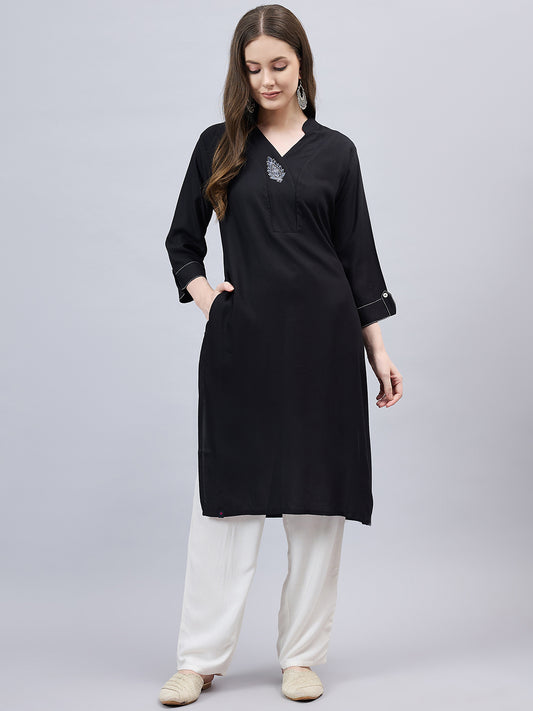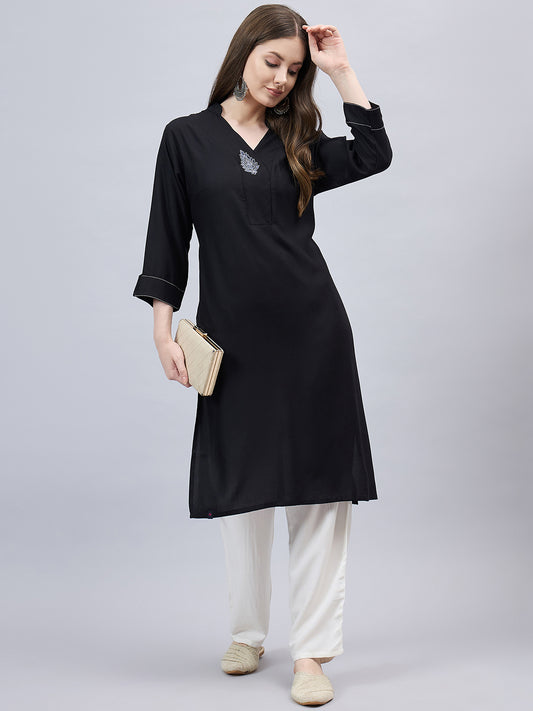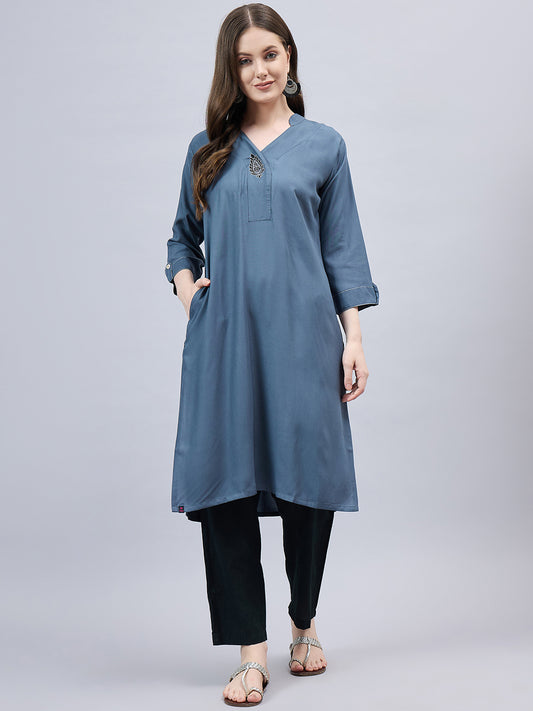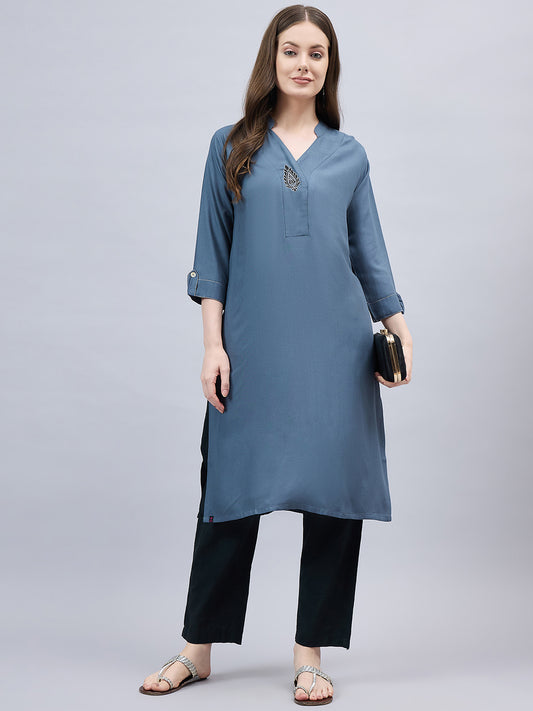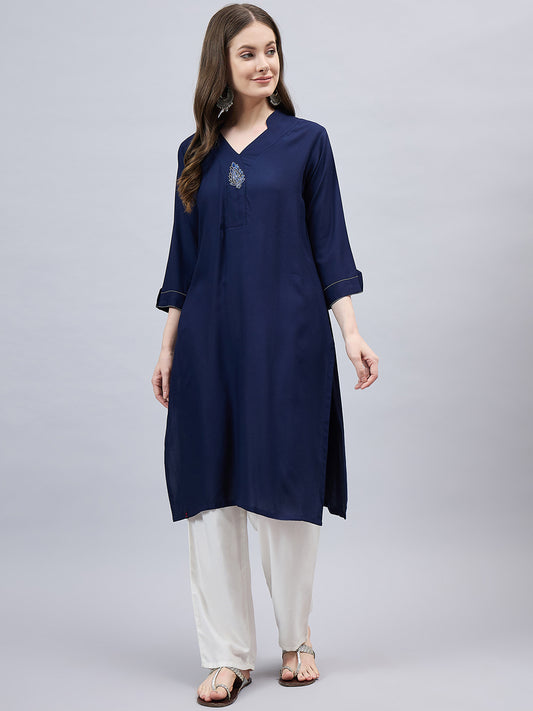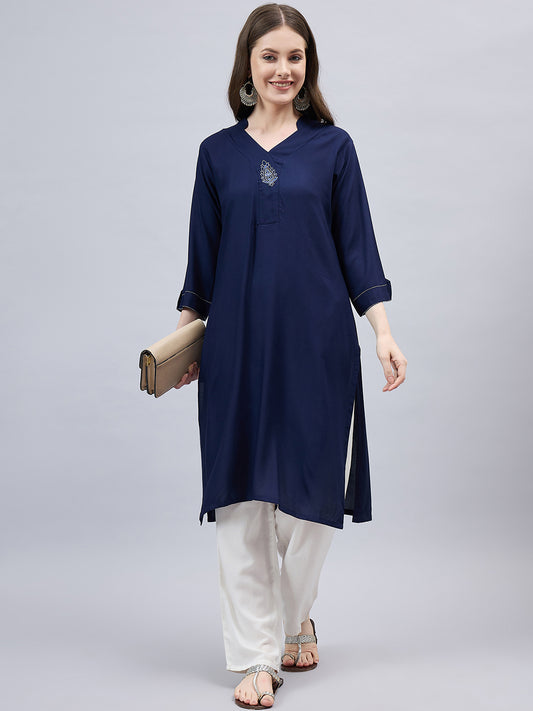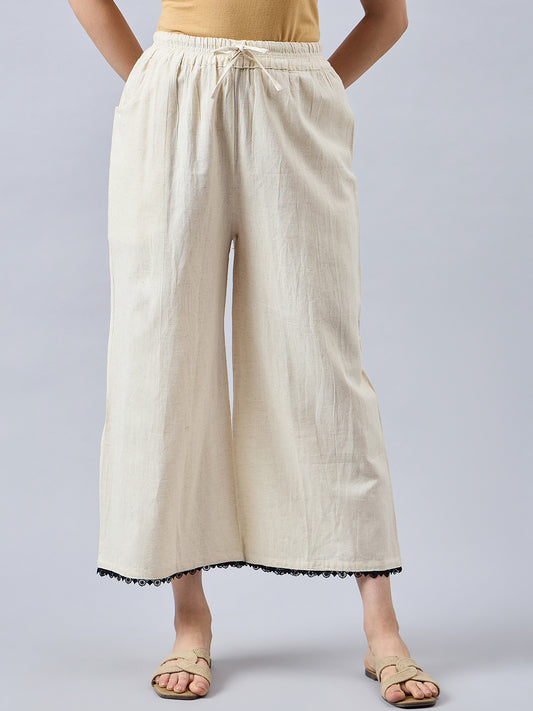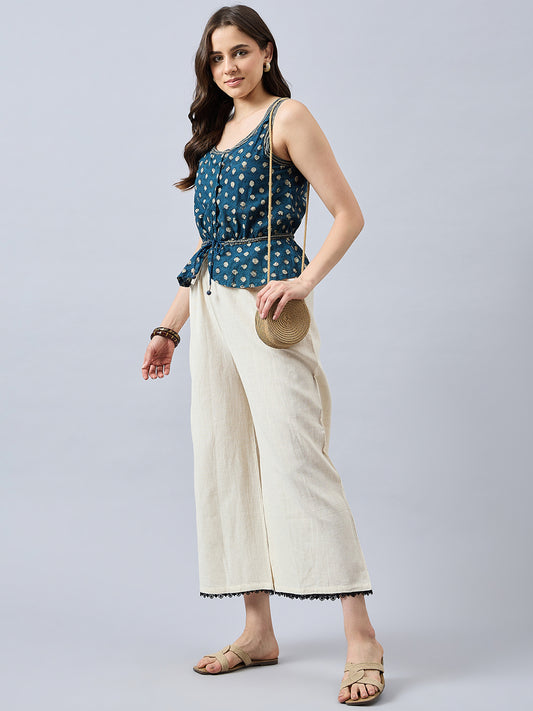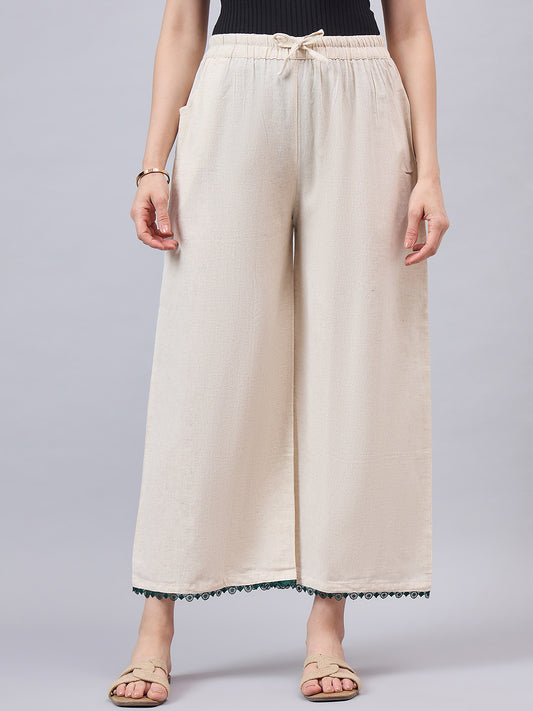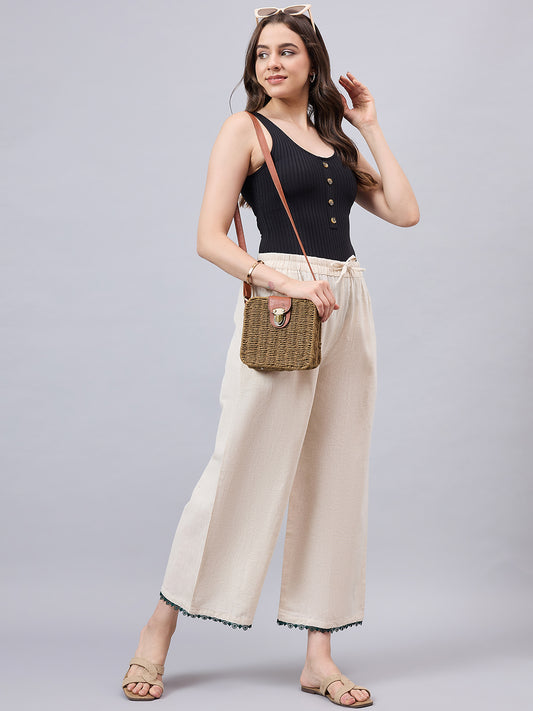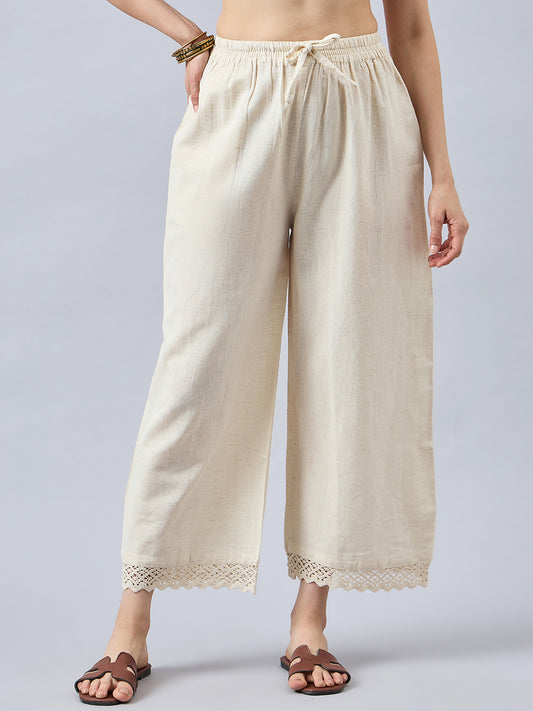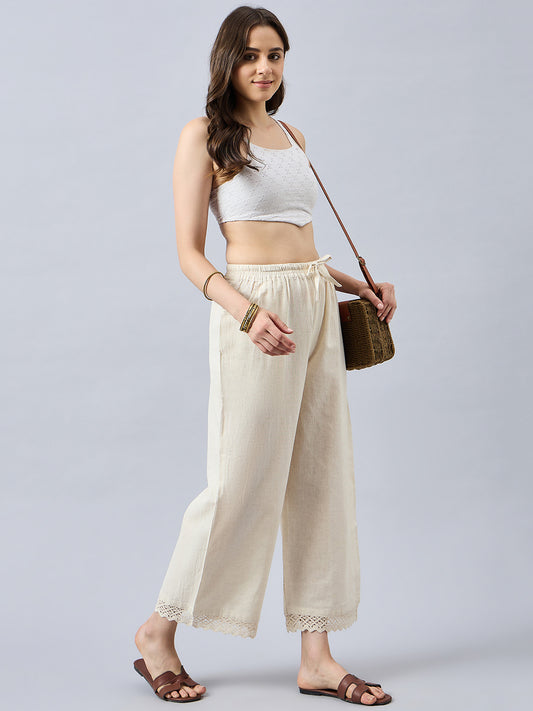Fashion is a universal language that skill-fully combines individual expression, customs, and civilizations. Ethnic dress provides a fascinating look into the cultural traditions of many groups around the world with its intricate tapestry of colours, patterns, and techniques. We will explore ethnic fashion trends from around the globe in this blog, showcasing the blending of traditional and modern designs and honouring the variety of influences that have shaped current fashion.
European Renaissance
Recognizing the European revival of folk-inspired dress is crucial when delving into ethnic fashion. Folk fashion has become more and more popular due to its nostalgic and romantic appeal, as seen in the elaborately embroidered blouses of Romania and the vibrant flower designs of Scandinavia. Fashion houses and designers have welcomed these classic components and given them a modern spin by incorporating them into their latest collections. Folk wear is making a comeback, honouring cultural heritage while infusing authenticity and handiwork into modern designs.

Indian elegance
India has its richness with its rainbow of regional cultures. Indian fashion combines history and innovation, as seen in the exquisitely embroidered fabrics of Gujarat and the flowing sarees of the South. The extraordinary return of handloom fabrics in Indian fashion can be attributed to the recognition of the need of preserving traditional weaving techniques by workers and designers. Modern takes on traditional crafts like block printing and Bandhani tie-dye have given Indian fashion a new lease on life and a distinct appeal. Indian symbols like paisley, lotuses, and peacocks have also made their way, symbolizing the timeless appeal.

Bohemian flairs of Central America
The colourful energy and rich indigenous history of Central America are reflected in the fashion of the region. The elaborate patterns and vivid colours of traditional textiles, like the handwoven textile of Mayan villages, define them. These textiles have rich cultural symbolism depicts the wearer's identity, community, and life experiences. Designers have recently combined old methods with new styles to create a combination of designs and accessories. To encourage fair trade and sustainability, they use eco-friendly materials and supports local craftspeople, all of which contribute to a more moral and conscientious approach to fashion.

Arabian nights of Middle east
The history of textile and fashion in the Middle East is extensive and fascinating. Middle Eastern fashion radiates luxury and elegance, from the beautiful abayas of the Gulf area to the opulent kaftans of Morocco. Middle Eastern fashion is known for its intricate embroidery, embellishments, and use of textiles like silk and brocade. The emergence of modest fashion, which promotes inclusivity and diversity by embracing modesty and fashionable styles, has also had an impact on global fashion trends.

East Asian Magic
East Asian fashion follows a fusion of minimalism, modernism, and heritage. Japan's kimono, with its flowing form, is a classic example of grace. The kimono has been more well-known worldwide in recent years, which has encouraged designers to use its aspects in modern clothing like in jackets and dresses. In a similar way, the fashion world has been thrilled with Korean hanboks with their brilliant colours and superb needlework. The dragon and phoenix, two classic Chinese motifs, have made an appearance in contemporary designs, lending a sense of cultural depth. Cities like Seoul and Tokyo have become major global hubs for street style, with K-fashion and J-fashion championing fresh, in-vogue designs that appeal to a broader world.

African culture
African design had wide range of vivid hues, statement prints, and unique silhouettes. African fashion is a celebration of heritage and culture, from the distinctive West African Ankara prints to the elaborately beaded clothing of the Maasai tribe. African designers are becoming more and more well-known throughout the world for their creative adaptations of classic looks, fusing contemporary cuts which is quite striking. African fashion gains complexity and significance from the diverse fabrics found throughout the continent, such as Ghana's Kente cloth and Mali's Mud cloth.


